category » Energy
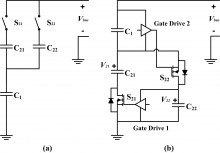
A buffering strategy that utilizes the ability of a capacitor to efficiently operate over a wide voltage range allows increasing…
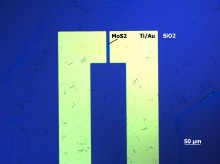
Gallium nitride (GaN)-based electronics are one of the most exciting areas of innovation for high-frequency and high-voltage semiconductor devices. Although…

Semiconducting nanowire-based solar cells have gained interest because of their potential to achieve one-dimensional charge transport pathways and large interfacial…
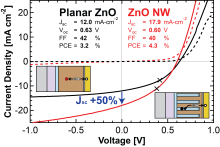
Here we demonstrate a solution-processed ordered bulk heterojunction quantum dot (QD) solar cell with AM1.5G power conversion efficiencies of up…
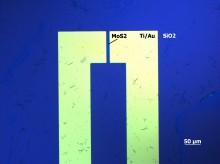
Monolayer MoS2, a transition metal dichalcogenide, is a novel flexible semiconducting material with a 1.8 eV direct band gap. Recent…
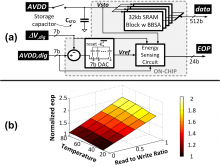
Transistor scaling has resulted in integration of more functionality on a single die. On-chip memories are responsible for a large…
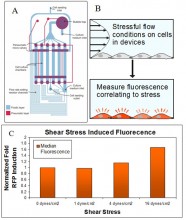
The use of microsystems to manipulate and study cells in microenvironments is continually increasing. However, along with such increase in…
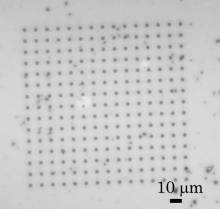
We show patterning of thin J-aggregate[1] films using nano-imprinting. Unlike the conventional microfabrication techniques, such as direct-write or lift-off processes,…
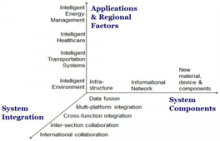
Due to the growing populations in cities, resources for city and village residents have become scare while costs for public…

Nanostructured solar cells attract increasing attention as a promising photovoltaic (PV) technology[1]. Generation of free charge carriers in nanostructured PV…
Currently bulk Bi and BixSb1-x have the best known thermoelectric (TE) properties at cryogenic temperatures. These properties can be further…
Transfer printing of thin metal films enables the fabrication of both planar and suspended membrane electrodes for microelectromechanical (MEMS) sensors…
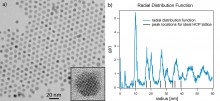
Quantum dots (QDs) are exciting materials because their bandgap is dependent on the dot size. The use of QDs allows…

Thermal management in nanoscale materials dramatically affects the efficiency of novel energy generation technologies, and engineering devices with appropriate heat…
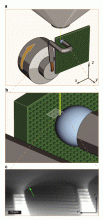
We report a technique for observing the dynamic behavior of a liquid contact line on superhydrophobic surfaces at high magnification…
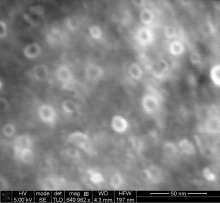
Due to their mechanical, thermal, and electrical properties and their natural ability to grow on a variety of metallic and…
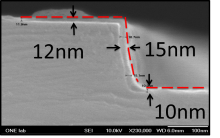
Small-molecule organic photovoltaic cells (OPVs) have the potential to be a low-cost, flexible power conversion solution to many energy problems[1]….
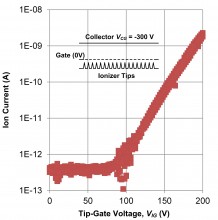
Field ion sources operate based on field ionization (FI) phenomena in which an electron tunnels out of a molecule under…
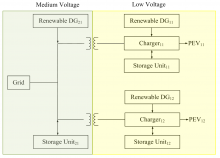
Increased penetration of plug-in electric vehicles (PEVs) will necessitate deployment of a large number of PEV chargers[1],[2], but chargers can…
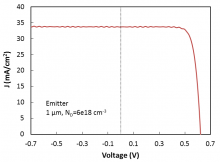
This work is part of a collaborative program aimed at ultimately achieving photovoltaic conversion with more than 40% efficiency at…
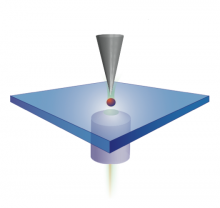
The diffusion of excitonic energy from within the photosensitive layer of a photovoltaic cell towards the charge separation interface is…
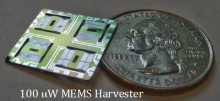
Our group proposes the piezoelectric energy harvester based on a nonlinear resonator to address the narrow bandwidth issue of conventional…
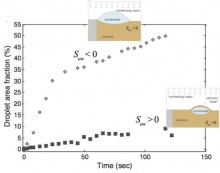
Despite years of advancement in making energy systems more efficient, the predominant mode of condensation seen in large-scale industrial processes…
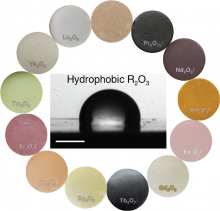
Hydrophobic materials that are robust to harsh environments are needed in a broad range of applications[1][2][3]. Although durable materials such…
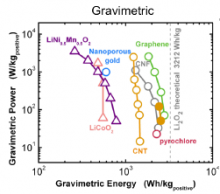
Lithium-air batteries hold promise for the next generation of electric vehicles and other applications. By reacting oxygen directly with lithium…

Water condensation on surfaces is a ubiquitous phase-change process that plays a crucial role in nature and across a range…
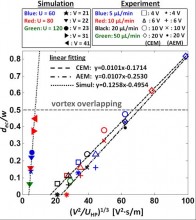
We consider electroconvective fluid flows initiated by ion concentration polarization (ICP) under pressure-driven shear flow, a scenario found in many…
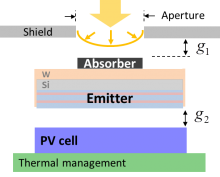
Solar thermophotovoltaic (STPV) devices have the potential to overcome the Shockley-Queisser limit by converting solar radiation to a narrow-band thermal…
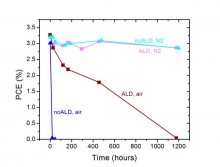
Device lifetime is a key figure of merit for solar cells and impacts the levelized energy cost ( $/(kW*hr) )…

Vapor condensation is observed in everyday life and routinely utilized in industry as an effective means of transferring heat. In…
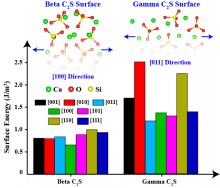
Portland cement clinker contains four major phases; alite (C3S) is the most dominant (50-70% by mass) and highly reactive with…
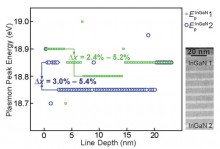
Solid state light-emitting diodes (LEDs) containing InxGa1-xN (0 ≤ x ≤ 1)/GaN hetrostructures as active components are of particular importance…

Solar cells based on lead sulfide colloidal quantum dots (PbS QDs) have made dramatic improvements in efficiency in recent years,…
Efficient transparent electrode materials are vital for applications in smart window, LED display, and solar cell technologies. These materials must…
With continuously growing energy demands, alternative emission-free solar-energy solutions become ever more attractive. However, to achieve sustainability, efficient conversion and…

Nanowires combine the intrinsic properties of semiconductors with low dimensionality, which makes them potential building blocks for optoelectronic applications. GaAs…
Solid oxide fuel cells (SOFCs) convert chemical energy directly into electrical energy with higher efficiency and lower emission than conventional…
Understanding the oxygen reduction reaction (ORR) kinetics at solid oxide fuel cell (SOFC) cathodes is considered critical for enhanced performance,…
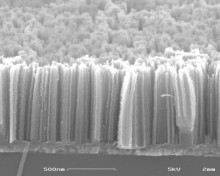
Micro-batteries provide a critical component for self-powered autonomous microsystems. Lithium-ion batteries provide relatively high energy storage capacities. Improvement in energy…